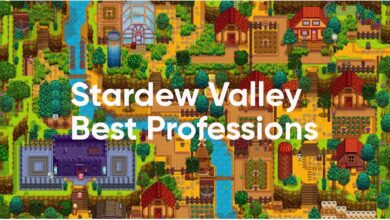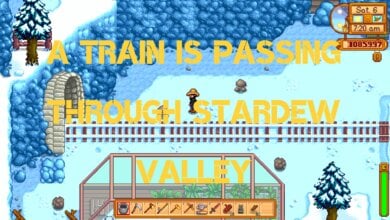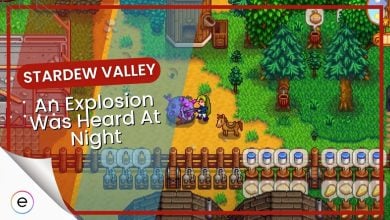Stardew Valley Review
Overall
-
Story And Setting
-
Gameplay
-
Visuals And Performance
Verdict
Even in 2024, Stardew Valley is a universally beloved and utterly timeless farming sim that can provide hundreds of hours of entertainment.
- Developer: ConcernedApe
- Publisher: ConcernedApe
- Release Date: February 26, 2016
- Platforms: PC, Xbox One, Xbox Series X/S, PlayStation 4, PlayStation 5, Nintendo Switch, iOS, Android
- Tested On: PC, Android
Pros
- Charming Art Style
- Fantastic Music
- Freedom of Choice
- Variety of Content
- Great Core Gameplay
Cons
- Lack of Tutorials
- Choice Anxiety
An indie game wonder developed by Eric Barone (also known as ConcernedApe) all by himself, Stardew Valley has gone on to become a household name, and it has played a major role in the resurgence of both indie games and farming RPGs in the late 2010s.
Taking inspiration from the beloved Harvest Moon series, Stardew Valley has long since surpassed its inspiration by becoming one of the largest and most in-depth cozy games out there. But how does the game hold up since its initial release in 2016?
The gaming landscape, especially around farming RPGs, has vastly changed over the past few years, with the revival of the Rune Factory series, and newcomers like Harvestella taking the stage. So the question is, does Stardew Valley still hold its own in the midst of its ever-increasing list of competitors? To find out, we need to look at exactly what the game brings to the table.
Story And Setting
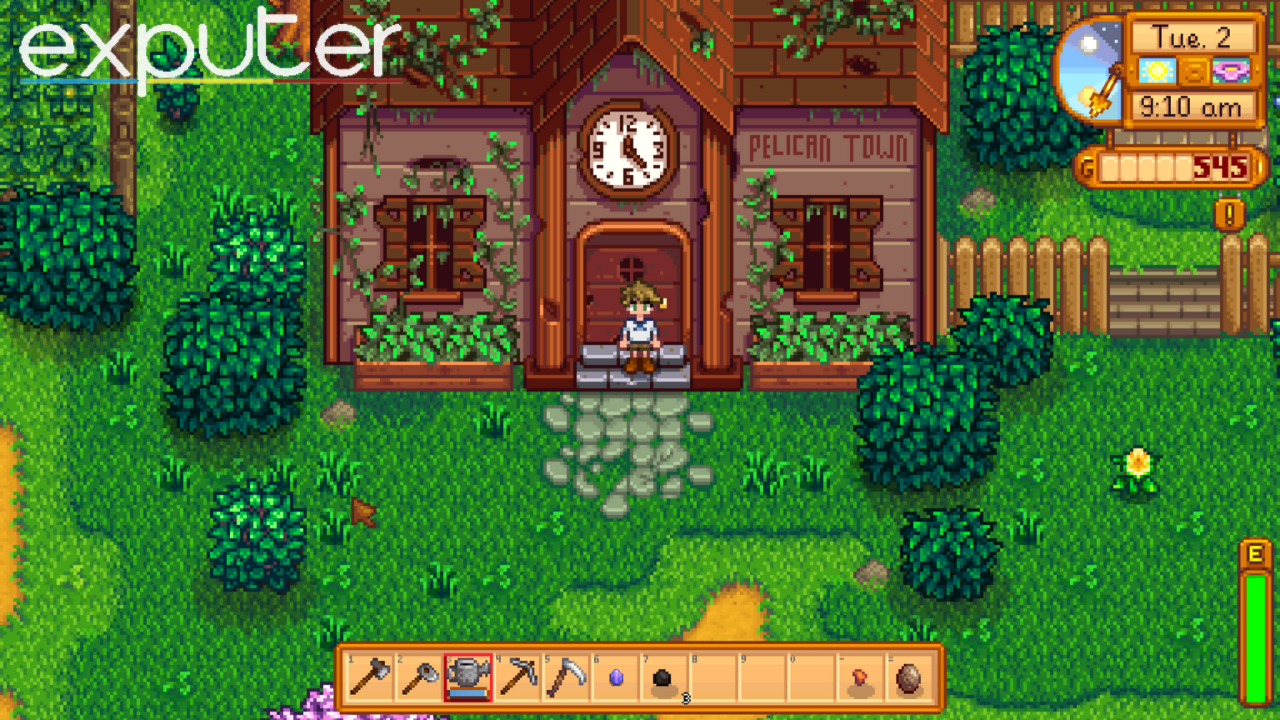
Much like many other farming sims, the game begins with you inheriting an old decrepit farm from your late grandfather. The farm is located next to Pelican Town, which itself has its own storyline. You can either choose to become involved in it, or completely ignore it as you go on your merry way taking care of your little farm. The game offers no penalties regardless of how you decide to play.
From Day 5 onward, you’ll be able to unlock the Community Center, which is widely considered the main narrative of the game by the community. Torn down and in bad shape, it will become your job to offer item bundles to the Center in order to bring it back to its former glory. This can be a long and arduous journey, so if you’re not feeling up to it, you can instead buy a rather expensive membership to JojaMart, which alters the storyline permanently.
Gameplay
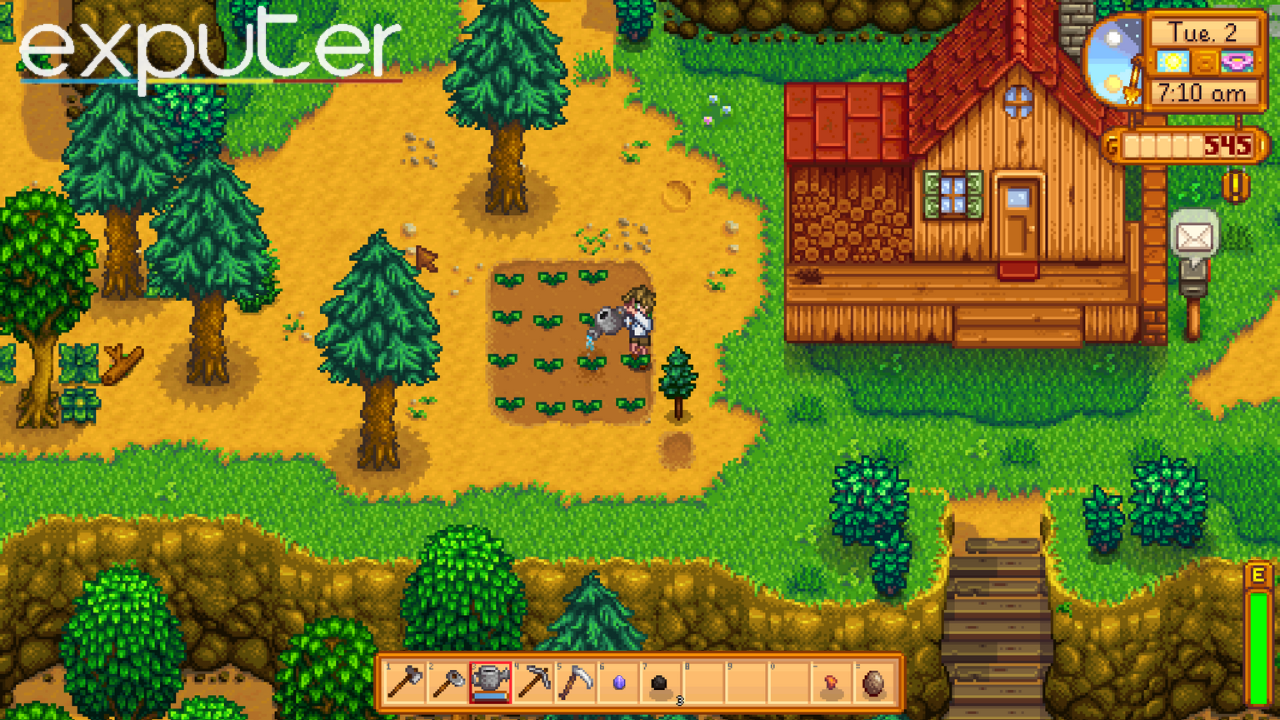
Due to its open-ended structure, how one player experiences Stardew Valley may differ drastically from another player’s experience with the game. However, while you have the freedom to pick and choose how you wish to progress, there are certain systems and mechanics in place that will affect your daily activities, one of which is energy.
Taking inspiration from the beloved Harvest Moon series, Stardew Valley has long since surpassed its inspiration.
Energy is the biggest limiter as to what you can do during the course of a day. Using most tools will consume a certain amount of energy, and hitting depleting your supply will severely reduce your movement speed. If you continue to exert yourself, you will eventually end up exhausted, which results in you passing out on the spot and ending the day.
You can restore your energy by consuming food, spending time at the spa, or going to bed to sleep for the night, which also ends the current day. Exhaustion will cause you to recover only half of the energy overnight instead of the usual amount, so that’s another thing to be wary of. You can also increase your maximum energy either temporarily by eating certain foods or permanently by consuming a Stardrop, which is a rare consumable in the game.
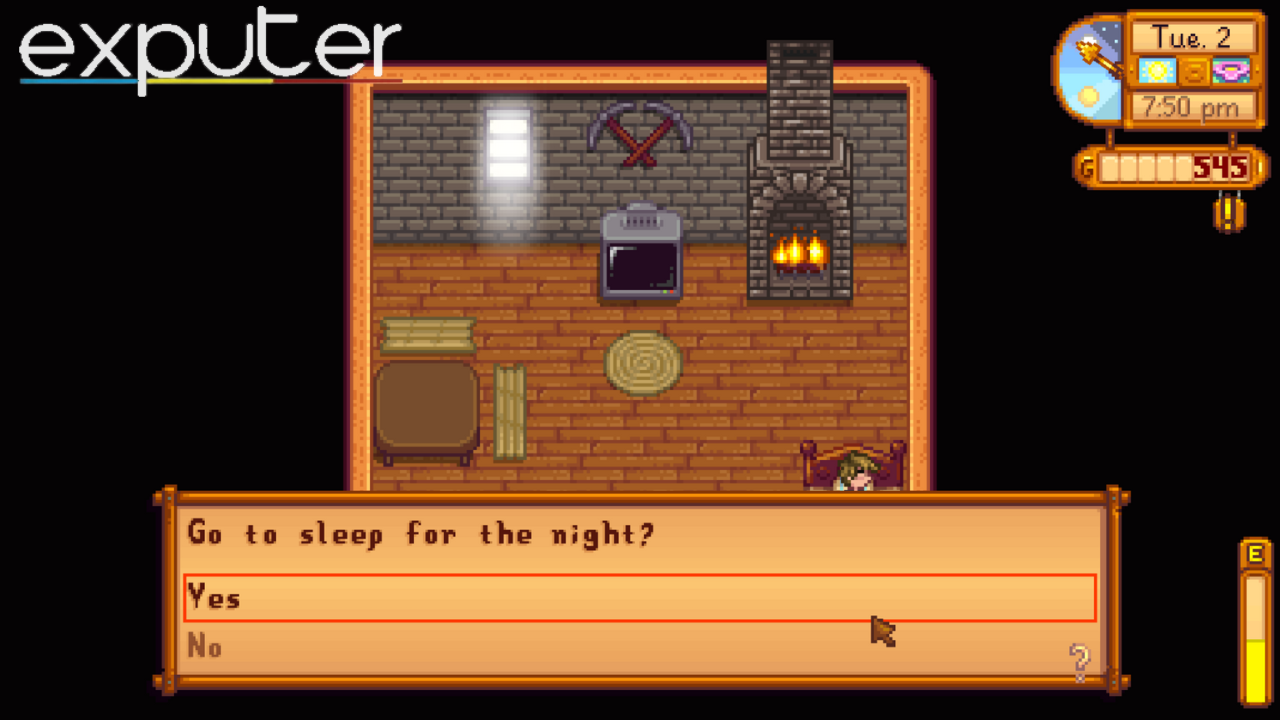
Alongside energy, you will also need to be mindful of your health. The health bar appears next to the energy bar only in certain areas where monsters might spawn, and it will decrease every time you’re attacked. Once your health bar drains completely, you will pass out and a passerby villager will have to bring you to safety. Passing out in combat like this may also result in a loss of gold and items.
You can restore health in the same ways you can restore energy, i.e., by eating food, resting at the spa, consuming Stardrops, or sleeping for the night. Speaking of sleeping, time is also an important aspect of the game. One hour of in-game time lasts for 42 real-life seconds, making a day in the game last for just around 14 minutes.
Each new day also comes with its own weather. While some days have fixed weather, the game also features dynamic weather for other days, which can be helpful as a rainy day means your crops will already be watered, saving you valuable time to spend on another activity. Weather also changes depending on what season it currently is.
Seasons also determine what seeds can be purchased and which crops can be grown on your farm. Be careful not to let your crops get ruined by changing seasons though, as all crops that have already been planted in the previous season will be destroyed if the turn happens before you’ve harvested them.
And as you plant and harvest your crops, you’ll notice that you will gain farming experience. Farming is one of five skills that you possess in Stardew Valley, and each of these can be leveled up through repeated actions to unlock upgrades that reflect your proficiency in the relevant skill, and eventually allow you to pick a Profession, which comes with its own perks.
The farming skill involves not only planting, growing, and harvesting crops, but also taking care of your farm animals. Leveling up the skill allows all farming activities to consume less energy, while also increasing the chance to get higher quality crops.
The second skill, mining, increases every time you break rocks. So a higher mining skill level increases the chances of finding rare gems, which also increases the value of said gems. You will however need to make some progress in the game before you can unlock the Quarry.
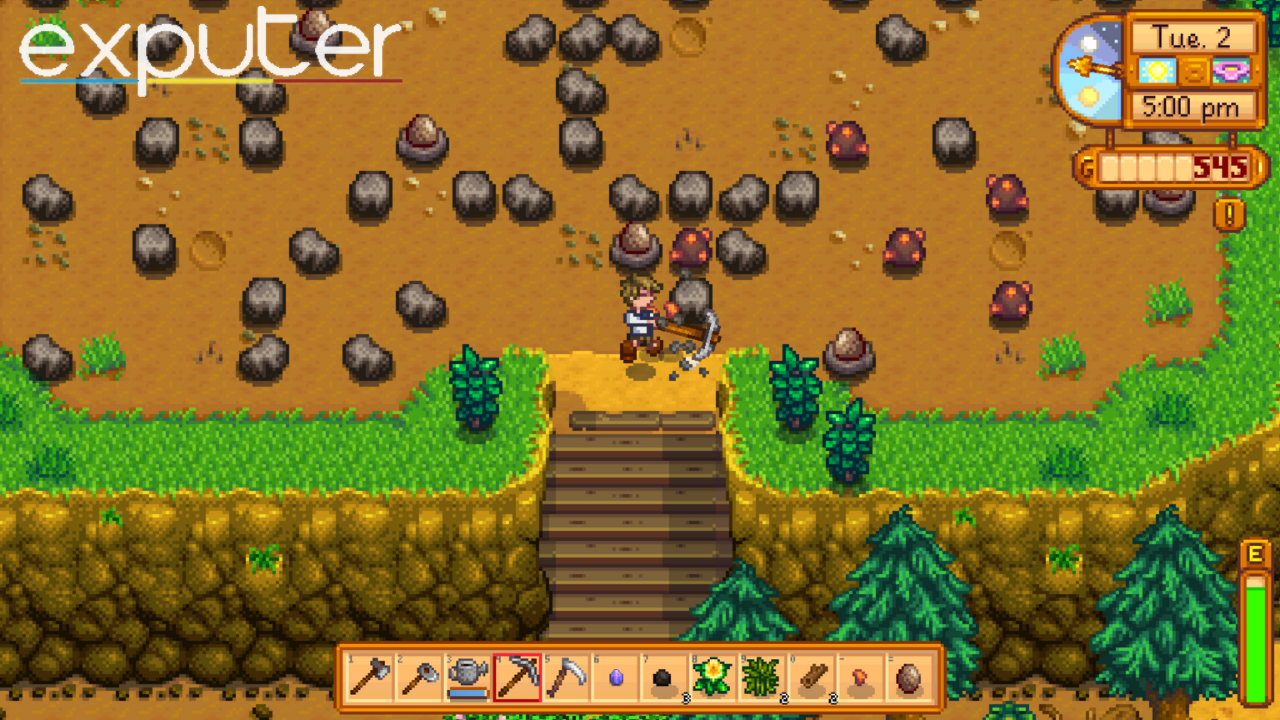
You also have the foraging skill, which revolves around picking up forage items, like wildflowers and berries, and chopping down trees, which results in obtaining more materials while foraging and chopping wood.
The fourth skill is the fishing skill and, as the name suggests, it depicts how good you are at catching better quality fish. The difficulty of the fishing mini-game will also reduce overtime, making it more laid-back and less stressful than it is at the start.
While you have the freedom to pick and choose how you wish to progress, there are certain systems and mechanics in place that will affect your daily activities.
Lastly, the combat skill improves as you fight and defeat monsters, and rewards you with higher health points and various combat buffs and improvements. Your combat capabilities can be further improved by picking the right weapons and armor.
Despite not being a skill itself, Stardew Valley also has an extensive crafting system, which can be expanded further by learning new crafting recipes through leveling up skills, purchasing them from the shop, or receiving gifts from villagers you’ve befriended. Craftable items can make a massive difference in how you run your farm, which can be a good indicator of your overall progress.
You can also craft items called Artisan Equipment, which can process your raw materials into Artisan Goods, which give them higher market value. You can also use these goods in cooking recipes, which you will obtain alongside crafting recipes.
Cooked items will also generally restore more energy and health when consumed while also providing certain buffs which can help you fight stronger monsters. You can start cooking after unlocking the kitchen, which is included in your farm’s first upgrade that can be bought from the town carpenter.
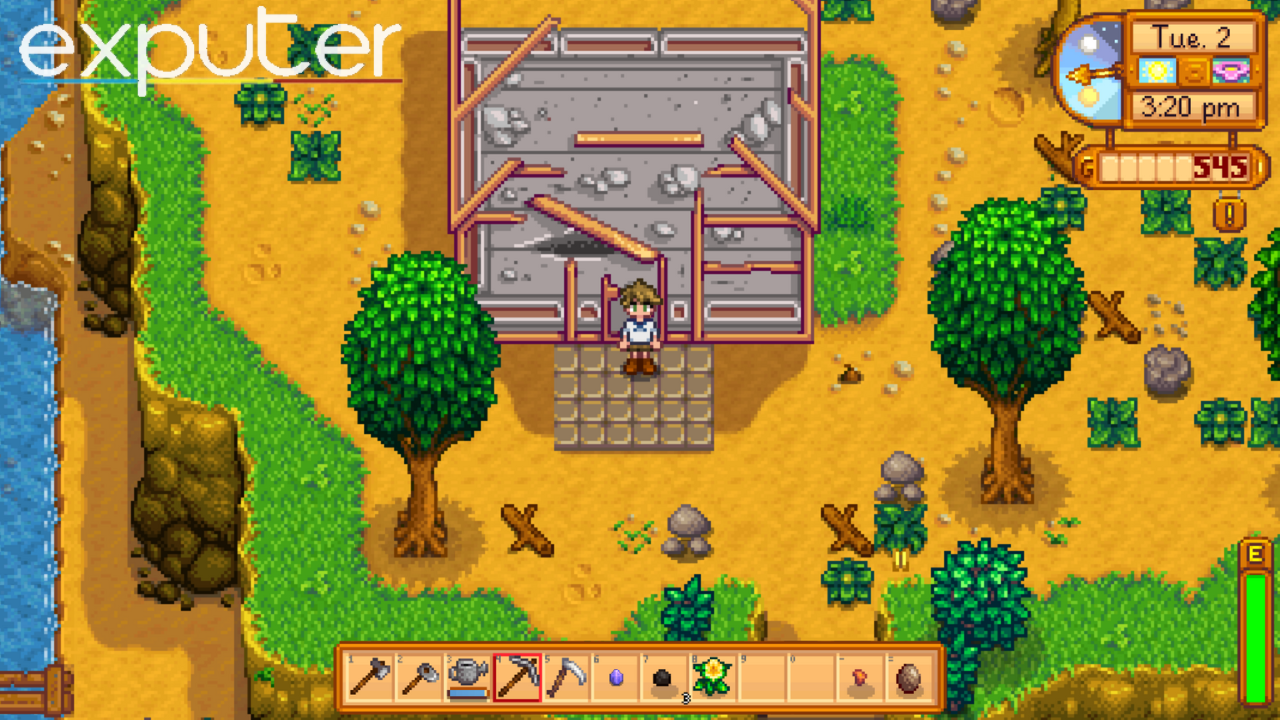
Having a bigger farm will allow you to build stronger relationships with the townspeople, especially if you want to marry your favorite villager. Interacting with eligible bachelors and bachelorettes can lead to romance and even eventually marriage after your friendship with them reaches a certain level. A successful marriage will also give you the opportunity to have/adopt a child with your partner.
You can raise your friendship levels with villagers by talking to them on a daily basis and giving them gifts that they like. As you get to know the villagers, they will reward you with presents and new recipes, and you will also unlock new cutscenes that reveal more about each character’s story.
Visuals And Performance
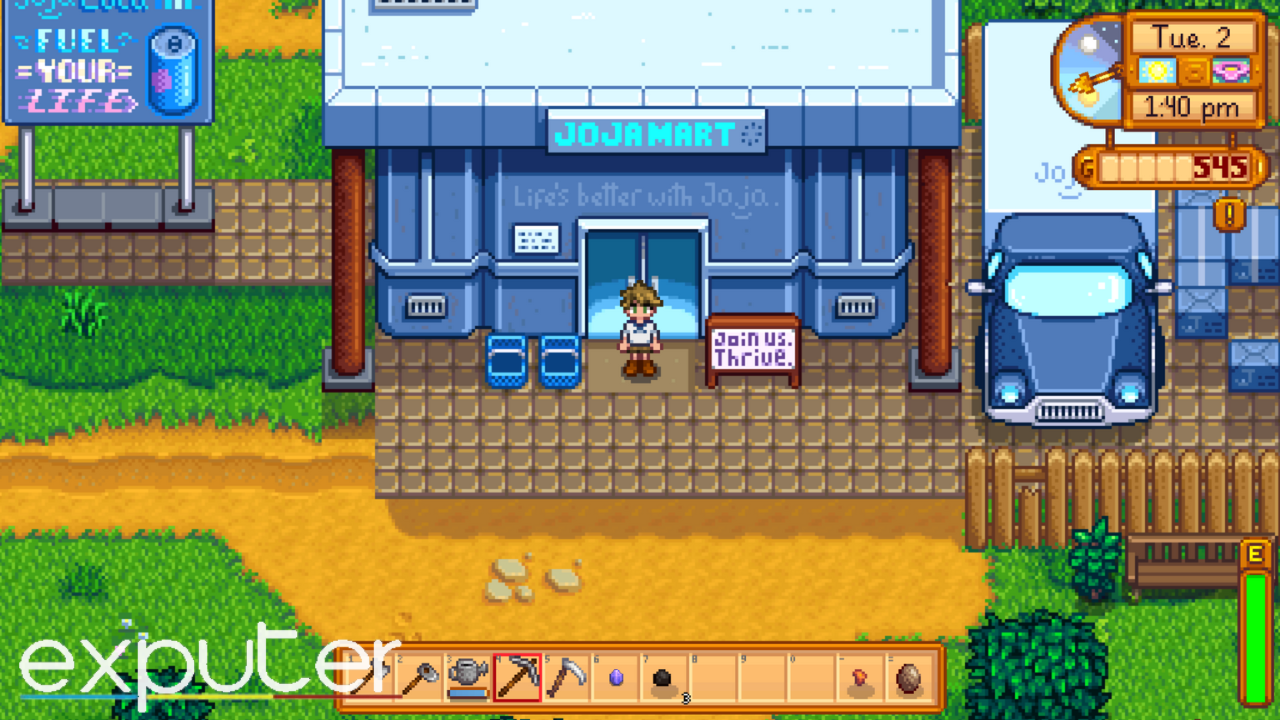
Stardew Valley features a timeless and charming pixel art style that allows it to run on pretty much any hardware currently available on the market. The game also has a fully supported mobile version, which runs perfectly fine on older phones, making it accessible to a wide audience.
Stardew Valley features a timeless and charming pixel art style that allows it to run on pretty much any hardware currently available on the market.
Having been developed by a single individual, the game has a consistent and focused art direction, which is also reflected in its beautifully relaxing soundtrack, bringing the game together into a complete and cohesive package.
Verdict
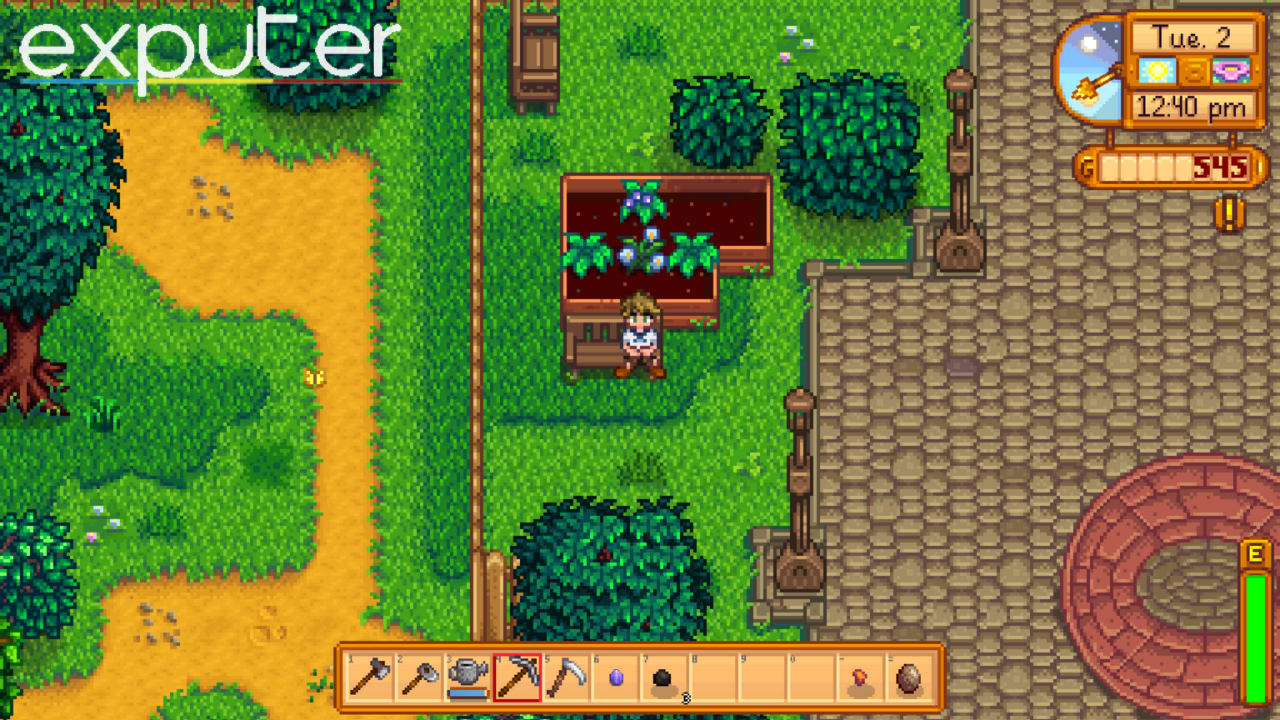
There is no doubt that Stardew Valley is a universally beloved and utterly timeless farming sim. The game has no shortage of things to do, whether it be farming, mining, fishing, or interacting with its large cast of mature and well-developed characters; it has something for everyone.
And while the sheer amount of options the player has can be a bit overwhelming for some, it’s comforting to know that the game will never force you to play in a way you don’t want to, and will only progress at the pace you decide.
This has been our Stardew Valley Review. While you’re here, consider checking out some of our other articles.
- Dislyte Review
- Warhammer 40,000: Boltgun Review
- Diablo IV Review
- Street Fighter 6 Review
- The Legend of Zelda: Tears of The Kingdom Review
- Redfall Review
Thanks! Do share your feedback with us. ⚡
How can we make this post better? Your help would be appreciated. ✍

